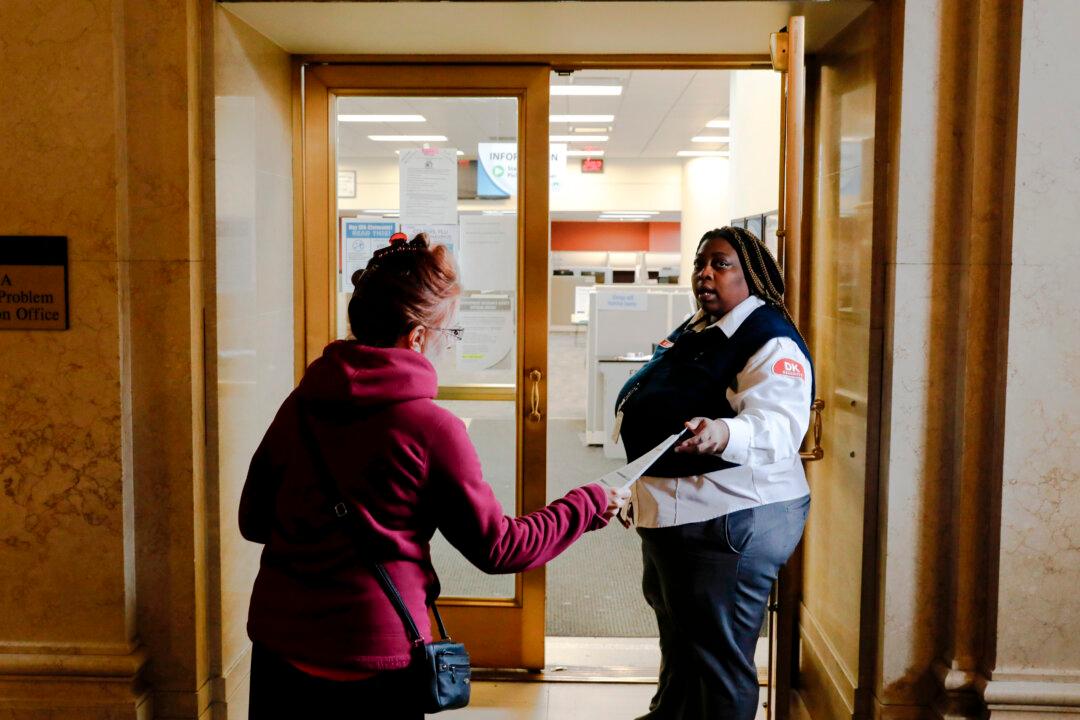The 30-year fixed-rate mortgage climbed for the third consecutive week, inching closer to 6.5 percent, according to Freddie Mac.
Fifteen-year fixed-rate mortgages also jumped by 22 basis points to 5.63 percent.
Both are at their highest levels since mid-August.
Despite another weekly increase in mortgage rates, they are still down by more than 1 percent from a year ago, says Sam Khater, the chief economist at Freddie Mac.
“The 30-year fixed-rate mortgage increased for the third consecutive week, moving closer to 6.5 percent,” Khater said in a statement.
“In general, higher rates reflect the strength in the economy that is supportive of the housing market.
“But notably, as compared to a year ago, rates are more than one percentage point lower, and potential homebuyers can stand to benefit, especially by shopping around for the best quote as rates can vary widely between mortgage lenders.”
Comparable figures were observed in other weekly measurements.
Recent gains in mortgage rates are unsurprising as U.S. Treasury yields have been trending higher over the past month, even with the Federal Reserve cutting interest rates.
Government bonds maintain an overarching influence on the mortgage market because banks tie their rates—plus a premium—to the yields.
The benchmark 10-year yield rose to as much as 4.1 percent during the Oct. 17 trading session and has risen by nearly 50 basis points since the U.S. central bank announced its intentions to unwind its strict monetary policy.
Heading into the September Fed policy meeting, there had been growing expectations that pivoting from its restrictive stance would ease mortgage rates and fuel homebuying demand.
So far, it has been the opposite.
Mortgage applications tumbled by 17 percent in the second week of October, representing the sharpest drop in mortgage demand since 2015 (outside the pandemic) and the third straight weekly decline.
Snapshot of Housing Market
Home price growth was robust but decelerated in the third quarter, said Mark Palim, the senior vice president and chief economist at Fannie Mae.
Sales activity was sluggish even as supply improved and mortgage rates slipped during the quarter, suggesting that the lock-in effect has “significantly constrained” the U.S. housing market.
“In September, high home prices supplanted high mortgage rates as the top reason for our survey respondents’ overwhelming pessimism toward homebuying conditions,” Palim stated.
“Overall, the strength of this latest home price reading confirms the ongoing challenges with tight supply; however, the index’s continued deceleration shows that we’re slowly moving toward a better balance between supply and demand.”
The gains were driven by the anticipation that Fed rate cuts would stimulate housing demand.
However, mortgage rate volatility and low housing affordability continue to be headwinds for the industry, says NAHB Chairman Carl Harris.
“While housing affordability remains low, builders are feeling more optimistic about 2025 market conditions,” Harris said in a statement.
State of Renting
As for renters, there have been indicators of modest relief.However, this was down by 0.2 percent month over month, the second time in the past three months.
“Rents remain stable nationally, but could look very different depending on where you live in the country,” said Sheharyar Bokhari, a senior economist at Redfin.
“On the East Coast and in the Midwest, there hasn’t been as much building activity, so asking rents are rising. Meanwhile, if you’re in a Sun Belt city where construction boomed following the pandemic, rents are now falling pretty fast.”
They referenced a “rent gap,” the difference between rent inflation and the consumer price index’s tenant rent inflation.
“This gap has declined since hitting its peak at the end of 2022 but remains high, implying that existing rents for continuing renters may still be notably below new-tenant rent levels and that rent inflation may remain elevated,” the regional central bank economists wrote.
Inflation in owners’ equivalent rent of residences stayed elevated at 5.2 percent.







